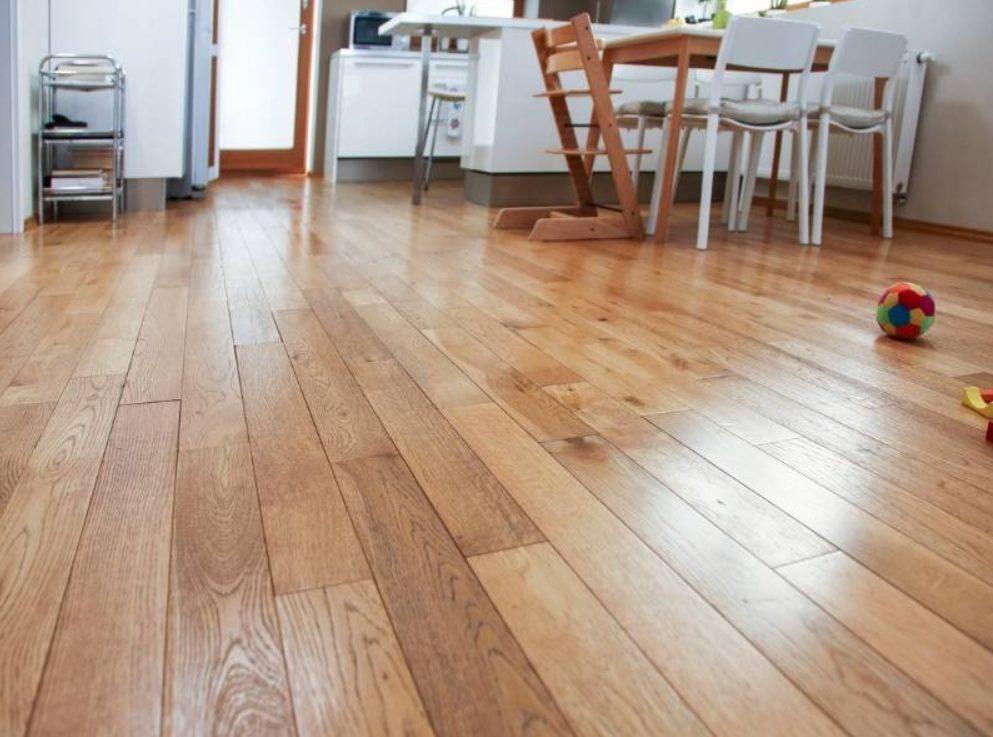It’s possible that your hardwood floor may develop holes or cracks, which can be extremely inconvenient. They not only ruin the overall aesthetic of the space and interior, but they also allow draughts to pass through the floor, resulting in gaps. In this case, you must act quickly in order to avoid additional harm.
When do you need to use floor fillers?
It all depends on the degree of the problem. If the gaps or fractures that have appeared on the floor are serious, a professional repair is required to fix it. If they are very minor, you may use floor fillers in order to keep the floor covering. However, before you start working, make sure the gaps aren’t just regular expansion spaces that are required to allow the floor to expand and contract naturally as temperatures and moisture levels fluctuate.
Let’s assume you’ve determined that the gaps in the floor are more than those required to allow expansion and contraction, but they aren’t significant enough to necessitate a skilled repair. Read on to discover how to repair dents in a hardwood floor quickly with wood flooring filler.
What are the types of floor-filler?
Off-the-shelf floor fillers include latex compounds, putty form, lacquer based, and an epoxy two-part system. It all depends on the flooring material and your experience. There are many different types of floor fillers available. The following is a brief overview of the various sorts of floor fillers:
Latex
We’d probably choose latex filler if we were to pick the most popular option these days. The popularity of this filler type is due in large part to its long-lasting properties. Its trademark characteristics are ease of application and a rapid sanding time.
Putty
Putty floor filler is a popular option for small filling needs. It takes a long time to dry. This solution is best used before lacquer or varnishing the floor.
Lacquer-based
Another option is a lacquer with a touch of wood dust added to it. Fine dust is combined with the lacquer during production, resulting in a paste that is then used as a floor gap filler. The scent is somewhat pungent, but this product dries fast.
Epoxy
The epoxy floor filler consists of two chemicals, both of which are available in separate containers, and should be combined just before use. It’s a fast-drying filler that needs to be mixed in small batches to avoid waste.
How to apply a floor filler?
When it comes to the time required to apply floor fillers, it’s critical to make sure that the spaces you’ll be filling aren’t clogged with soil or dust. To accomplish this, use a strong vacuum cleaner and, if necessary, a firm brush.
You can now apply the floor fillers to the spaces between the gaps. You may apply floor fillers with your finger or a putty knife, depending on the type you’ve chosen.
Finally, you simply need to allow the filler to dry and then sand and stain it as required. It’s possible that the second layer of filler will be necessary at times.







